Blocks can teach so much. They are endlessly fascinating and perfectly versatile. From a baby’s exploratory play to a preschooler’s imaginative worlds, blocks are a constant companion, helping to shape thought and bring challenge.
Guide to block play
Discover different types of blocks, construction techniques, and engaging activities that develop your child’s cognitive and motor skills. Whether your child is building towers or using the blocks in imaginative play, this comprehensive guide will inspire endless hours of imaginative play.

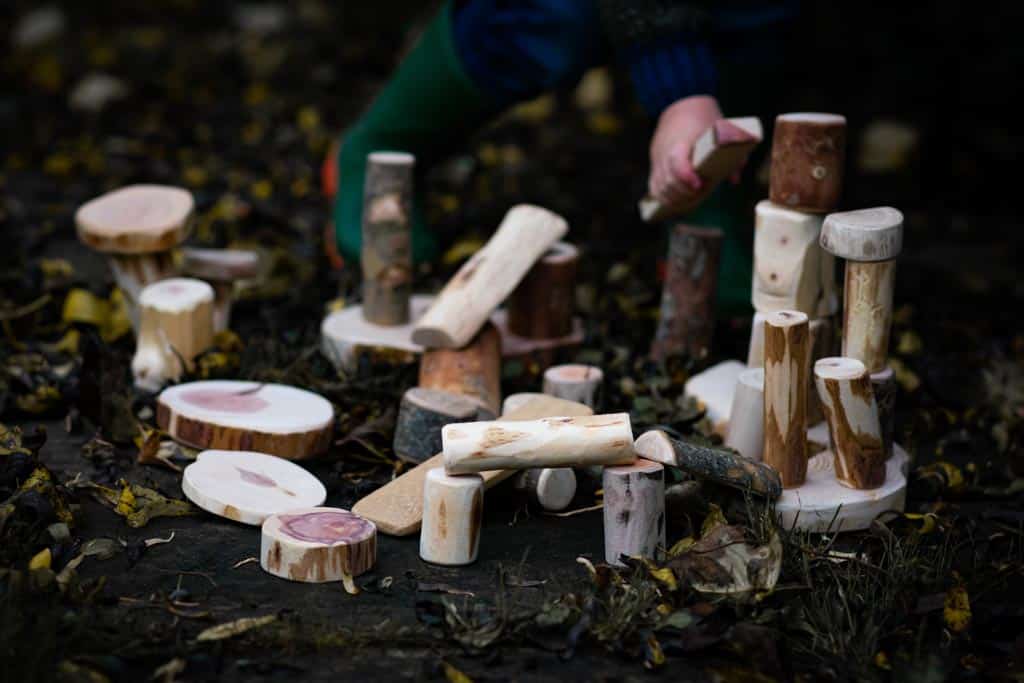
Construction with natural materials
Building blocks don’t have to be regular. Sticks, stone and pebbles are all brilliant for construction and they add a layer of challenge that perfectly shaped toys cannot match.
Constructive play
Constructive play is not construction play. Despite its name, it’s not only about blocks. It’s
Constructive play is not just construction play – blocks and Lego – but any kind of play where materials are combined to create something new. So it includes both painting and sand play, for example, and is one of the four types of play that children progress through from birth to five.

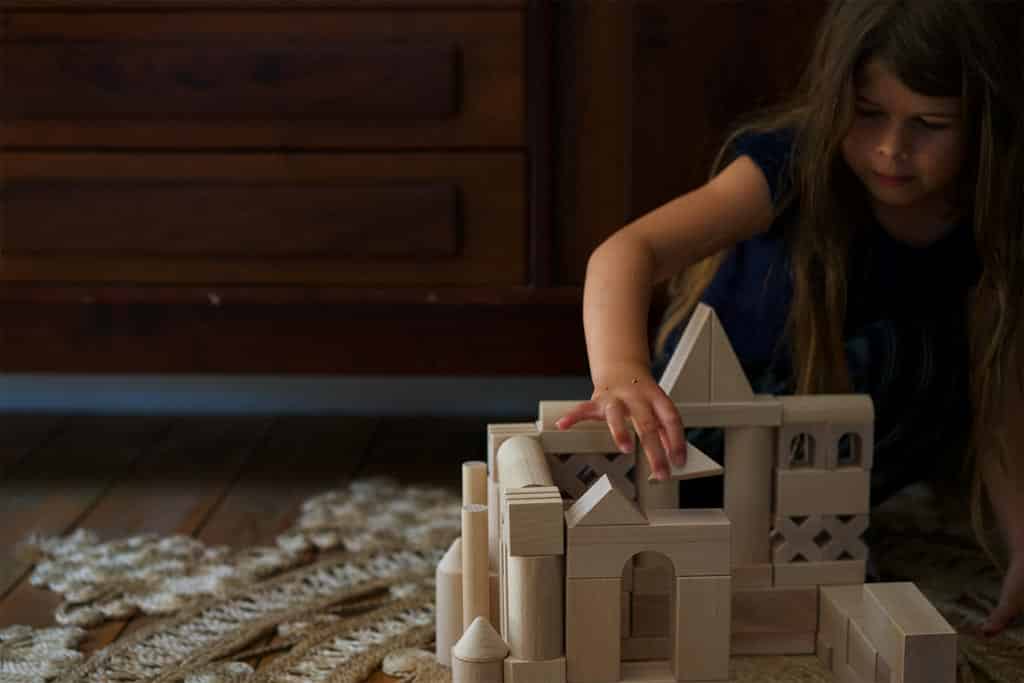
The enclosing schema
The enclosing schema is one of the schemas most commonly associated with block play. It’s how children make sense of enclosed spaces like castles, zoos and geometric shapes. And how do they do it? By building them with blocks.
Uncovering the mystery of stacking toys
Stacking toys are a special type of block. They are nested, meaning one fits inside the other. And this makes them special because it makes them self-correcting. It also means that they teach children the idea of seriation, a key stepping stone on the road to numeracy, in a completely natural way.

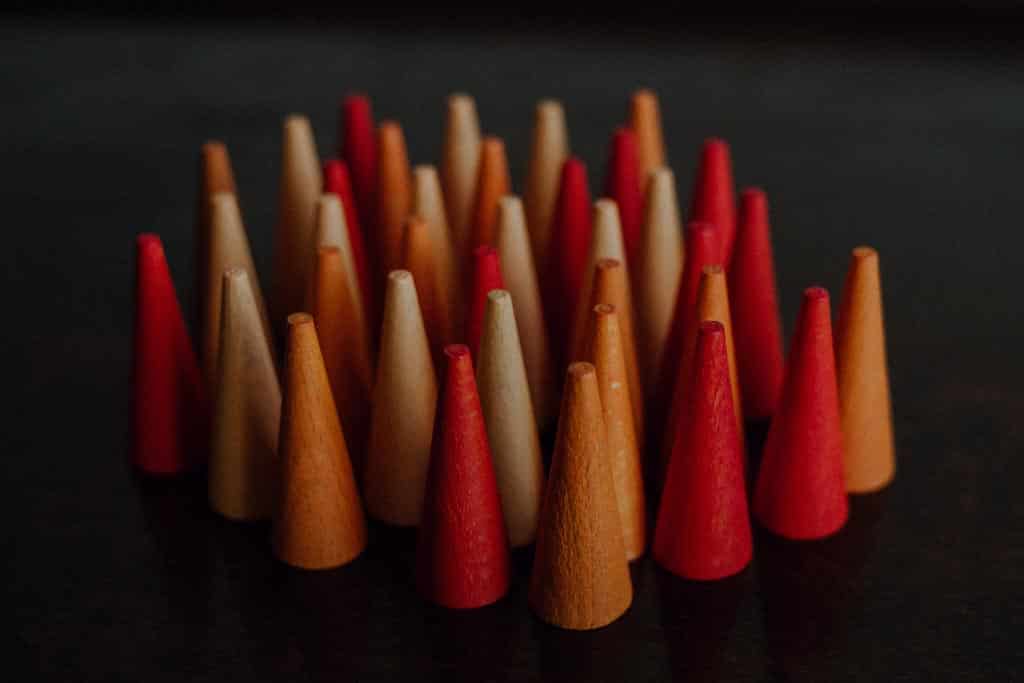
Loose parts play
Loose parts can be beautiful, like these wooden cones, or everyday, like a pocketful of pebbles. What’s important is that they are numerous. You needs lots because you will use them to make arrangements and patterns – or even to dr
The connecting schema
Glue, tape and magnets are all great ways to connect one object to another. But you can also push two Lego bricks together or squish one piece of playdough onto a second. However you do it, you are exploring the idea of connection, one of the eight main play schemas.


Grimm’s Rainbow
Are you tempted by the Grimm’s Rainbow? It seems to be the centrepiece of every playroom. But what makes it so popular? And does it deserve the acclaim.
Read the Grimm’s Rainbow review to find out.
Guide to Just Blocks
Just Blocks are ingenious. A cube, a cuboid, a flat square, a flat rectangle and that’s it. Four types of shape. Their appeal, and their challenge, lies in their simplicity.
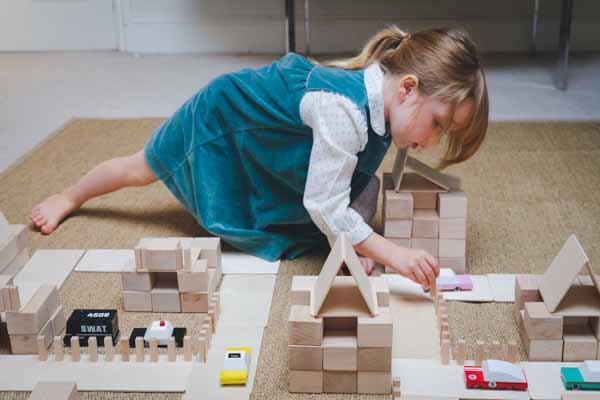
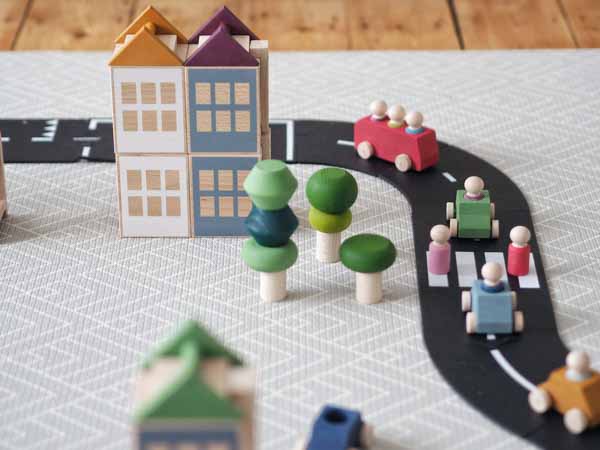
Guide to Lubulona
Lubulona’s unique modular buildings and trees are the perfect accompaniment to vehicle and small world play.
